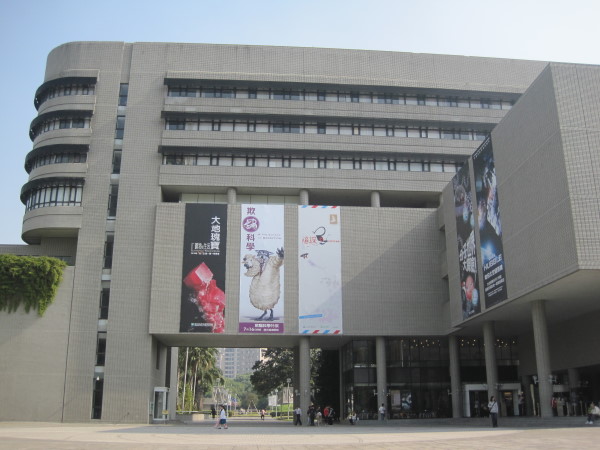The National Museum of Natural Science (NMNS) was founded on January 1, 1986. The goal of the NMNS is to collect and preserve the biological and cultural diversity in Taiwan and its neighboring countries. The aim is to raise the public’s interest in the natural sciences and world cultures through creating engaging exhibits and educational programs. The staffs are committed to the expansion of international exchange of exhibits, research, collections, and publications resulting to enriching museums quality and quantity.
As one of the most heavily attended museums in Taiwan, and one of the most attended venues in Taichung, the Museum is in the distinguished company of the National Palace Museum in Taipei and the National Science and Technology Museum in Kaohsiung.
Across 9 exquisite hectares, the Museum is a five-venue complex housing the Space IMAX Theater, Science Center, Life Science Hall, Human Cultures Hall (the original Chinese Science Hall), and Global Environment Hall, plus the 4.5-hectare Botanical Garden, the 5-hectare 921 Earthquake Education Museum at Wufong, the 33-hectare Fonghuanggu Ecology Education Park at Lugu, and the 2.6-hectare Chelungpu Fault Preservation Education Park at Chusan. Over 50 permanent exhibit areas covering subjects on astronomy, space science, paleontology, ecology, gems and minerals, human cultures, tropical plants, and geology, the Museum is a place filled with hand-on exhibits that delights children and adults of all ages. As a matter of fact, the Museum is a major science learning center with over half a million school children visiting annually. In addition, rotating special exhibits is a constant occurrence to the Museum.
Furthermore, the 921 Earthquake Education Museum at Wufong, the Chelungpu Fault Preservation Education Park at Chushan, and the Fonghuanggu Ecology Education Park at Lugu are the three divisions of the Museum established to provide a unique educational opportunity to people in Taiwan. The Earthquake Museum and the Fault Park remind people of the disaster which happen on Sep. 21, 1999, and allow people to foster a better understanding of earthquakes and increase awareness of our natural world. The Ecology Park on the other hand offers an important place for the Museum to educate visitors to learn about ecosystems and enjoy the excellent spot for leisure as well.
– The National Museum of Natural Science
